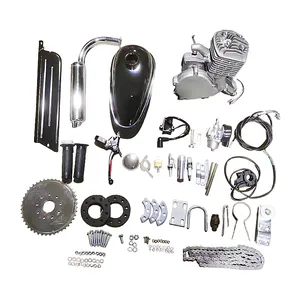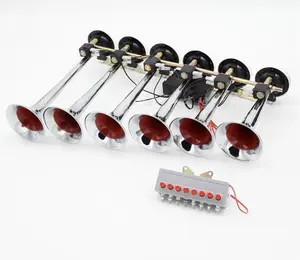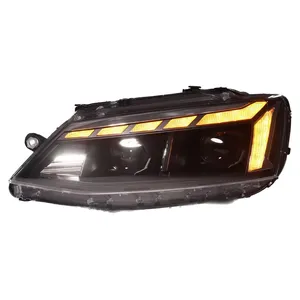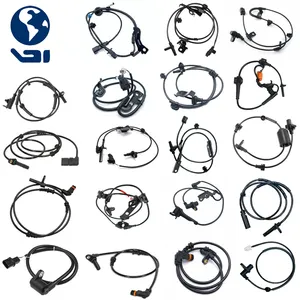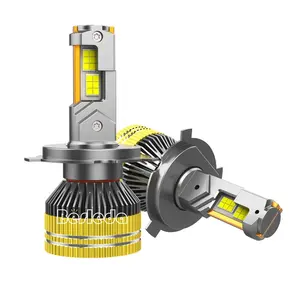Popular in your industry

















































































































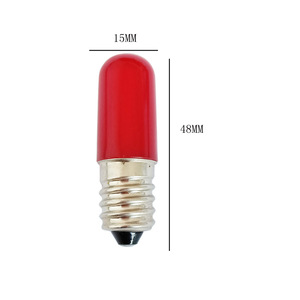






































































Top categories
About t12 bulbs
The designation T12 bulbs refers to a variety of tubular fluorescent lamps with a diameter of one and a half inches. These lamps have long been integral to commercial and industrial lighting, striking a balance between energy efficiency and luminous output. Despite the emergence of LED alternatives, T12 fluorescent bulbs maintain their relevance in certain environments, thanks to their distinctive features.
Types of T12 Bulbs and Their Characteristics
Among the T12 bulbs assortment, there exists a diversity of types, each with unique attributes. The f40t12 bulb is frequently chosen for broad illumination in commercial settings, casting a bright and expansive light. Conversely, the f20t12 bulb is more compact, suited for tighter spaces or as accent lighting. Specialty T12 bulbs, like the f40cw, emit a cool white light, often preferred in environments that demand a sterile or pristine ambiance, such as medical facilities or research labs. Each T12 variant is tailored to fulfill particular lighting requirements, be it intensity, color temperature, or energy efficiency.
Structure and Operation of T12 Fluorescent Lamps
A T12 fluorescent lamp's construction is a testament to the ingenuity of lighting design. It comprises a lengthy glass tube with electrodes at either end, encasing a low-pressure mercury vapor. The tube's interior is coated with phosphor, which radiates light upon stimulation by ultraviolet energy. The process initiates with the heating of electrodes by electricity, generating a current arc that traverses the vapor. This arc activates the mercury atoms to release UV light, subsequently transformed into visible light by the phosphor. This entire mechanism is housed within the tube's robust glass shell, facilitating an effective light production.
Materials and Properties in T12 Bulb Manufacturing
The construction of T12 bulbs incorporates materials chosen for their durability under continuous use and their contribution to operational efficiency. The glass tubes are crafted for strength and clarity, while the phosphor coating is engineered to yield the desired brightness and color temperature. Electrodes are typically fashioned from coiled tungsten, selected for its high melting point and conductivity. These material choices ensure the bulbs' performance efficacy as well as their longevity and dependability.
Business Usages and Applications of T12 Lamps
T12 fluorescent lamps are deployed across various commercial contexts. In retail, they deliver uniform, luminous lighting that effectively accentuates merchandise. Manufacturing plants rely on them for their broad light spread, crucial for safety and operational efficiency. Educational settings, including classrooms and libraries, favor T12 lighting for its steady and gentle illumination. Each application derives advantages from the T12 bulb's capacity to enhance visibility, improve aesthetics, and minimize eye fatigue, thus fostering a more agreeable and productive milieu.
Functions of T12 Fluorescent Bulbs
The principal role of T12 fluorescent bulbs is to furnish efficient, enduring light. They are adept at converting electrical energy into luminance with minimal heat dissipation, which is particularly advantageous in temperature-sensitive environments. Moreover, T12 bulbs can render colors with reasonable fidelity, an essential feature in venues like art studios or design spaces where precise color discernment is imperative.
Features of T12 Lighting Solutions
T12 lighting solutions are distinguished by their straightforward installation and upkeep, as well as their cost benefits. They conform to a standard size and pin layout, allowing for easy interchangeability with existing fixtures. With a lifespan that surpasses that of incandescent lamps and a superior lumens-to-watt ratio, T12 bulbs stand as a cost-efficient option for enterprises aiming to curtail operational expenses.
Benefits of Using T12 Fluorescent Tubes
Employing T12 fluorescent tubes confers multiple advantages. They are a steadfast source of illumination that augments a space's functionality. The extensive light coverage they provide can bolster safety by mitigating shadows and blind spots that may conceal hazards. The durability of T12 bulbs translates to infrequent replacements, yielding both economic and maintenance benefits.
How to Use and Maintain T12 Bulbs
Optimal utilization of T12 bulbs entails correct fitting into compatible fixtures paired with the appropriate ballast. Maintenance requires routine cleansing of both bulbs and fixtures to avert light output reduction due to dust accumulation. Should a bulb flicker or dim, prompt replacement is necessary to preserve the quality of illumination. Adherence to electrical safety norms is imperative during maintenance, ensuring power is disconnected prior to any bulb replacement or cleaning.
How to Choose the Right T12 Bulb
Choosing the appropriate T12 bulb involves evaluating lumens, color temperature, and the intended use. For example, an f40t12 bulb with high lumen output is apt for brightly lit areas, while an f20t12 lamp may be preferred for a softer, ambient glow. The color temperature influences the atmosphere and functionality of the space, with cooler hues typically reserved for work areas and warmer ones for relaxation zones.
How to Install T12 Fluorescent Tubes
The installation of T12 fluorescent tubes is a simple affair. It requires positioning the tube in the fixture's slots and twisting until the pins are securely locked. Compatibility between the fixture's ballast and the T12 specifications is essential to ensure peak performance and extend the bulb's life.
Target Audience and Needs for T12 Bulbs
The primary clientele for T12 bulbs encompasses facility managers, business proprietors, and maintenance staff who value efficient and dependable lighting solutions. These lamps cater to the demands of large-scale lighting projects, offering consistent output and user-friendliness, which are vital for commercial and industrial settings.
What are the environmental impacts of using T12 bulbs?
The use of T12 bulbs raises environmental concerns due to the mercury content, a hazardous element. Although they fall short of LED bulbs in energy efficiency, proper disposal and recycling practices can alleviate some ecological risks. Businesses are advised to comply with local guidelines for the responsible discarding of T12 fluorescent bulbs.
Are T12 LED light bulbs a viable retrofit option?
T12 LED light bulbs present a feasible retrofit alternative for those seeking to modernize their lighting infrastructure. They offer enhanced energy conservation and a greater lifespan relative to conventional T12 fluorescents. When retrofitting, verifying the LED bulb's compatibility with the existing fixture or making necessary fixture adjustments is critical.
How do T12 bulbs compare to newer lighting technologies?
In comparison to more recent lighting innovations, T12 bulbs are often perceived as less efficient. Nonetheless, they deliver a particular aesthetic and quality of light that may be preferred by some businesses. LED technology provides greater energy savings and longevity, albeit with a higher initial outlay. The decision between T12 fluorescent lamps and newer alternatives hinges on the specific requirements and financial considerations of the enterprise.
